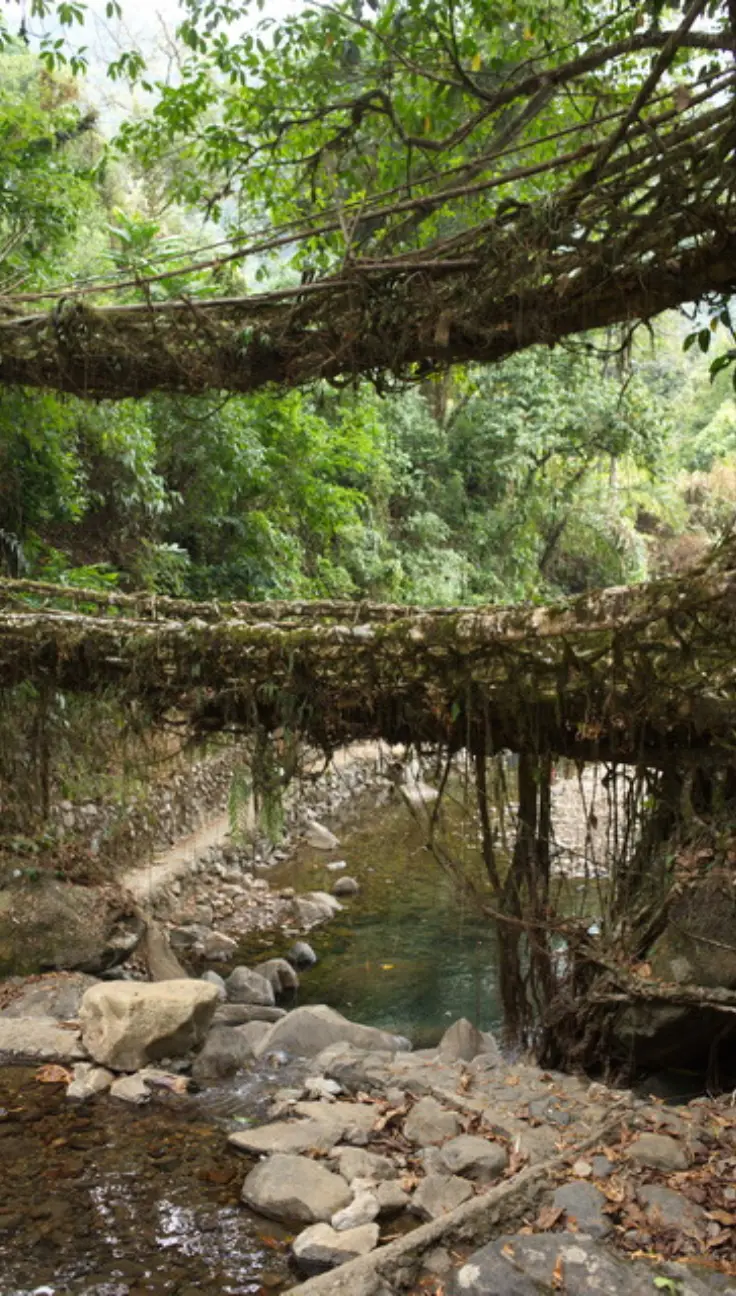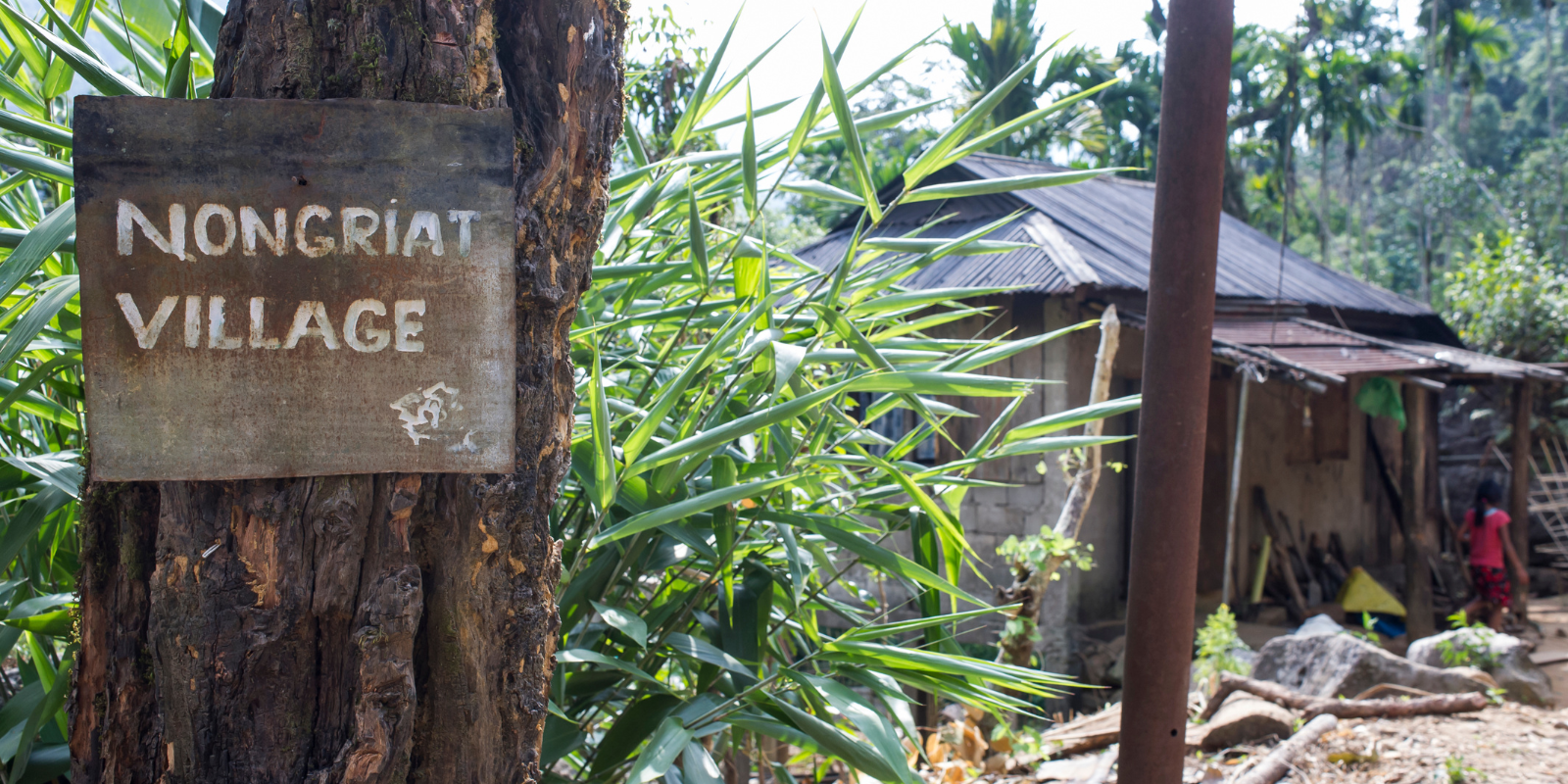Meghalaya’s Living Root Bridges
A Journey Through the Seven Sisters
Nestled in the heart of Northeast India, Meghalaya’s Living Root Bridges stand as living examples of harmony between humans and nature. Grown from the aerial roots of Ficus Elastica trees, these bridges are not merely tourist attractions; they represent centuries-old indigenous ingenuity and ecological wisdom. Found predominantly in the Khasi and Jaintia Hills, these structures offer a glimpse into a sustainable world where engineering meets organic growth.
Best Time to Visit
The ideal time to explore the Living Root Bridges is between October and March. During this period, the weather is pleasant, and the rainfall, which can make the trails slippery, is minimal. However, the monsoon months (June to September) transform the surroundings into a lush green paradise, albeit with challenging trekking conditions.
Sustainability and Cultural Significance
These bridges are a testament to the Khasi tribes’ commitment to sustainability. By utilizing living roots, they create infrastructure that does not harm the environment. Visitors are encouraged to respect this eco-friendly ethos by avoiding littering and supporting local communities through guided tours and homestays.
Planning Your Visit
– Nearest Airports: Shillong Airport (~80 km) and Guwahati Airport (~170 km).
– Accommodation: Opt for eco-friendly homestays in villages like Mawlynnong, Nongriat, or Kudengrim.
– Local Guides: Engage local guides for insightful treks and to learn about the rich culture surrounding these natural wonders.
Conclusion
Meghalaya’s Living Root Bridges are not just structures; they are a living embodiment of the synergy between nature and human creativity. Visiting them offers more than just scenic beauty—it’s an experience of stepping into a world where sustainability and tradition thrive together. Whether you’re an adventurer, a nature lover, or a cultural enthusiast, these bridges promise an unforgettable journey.











